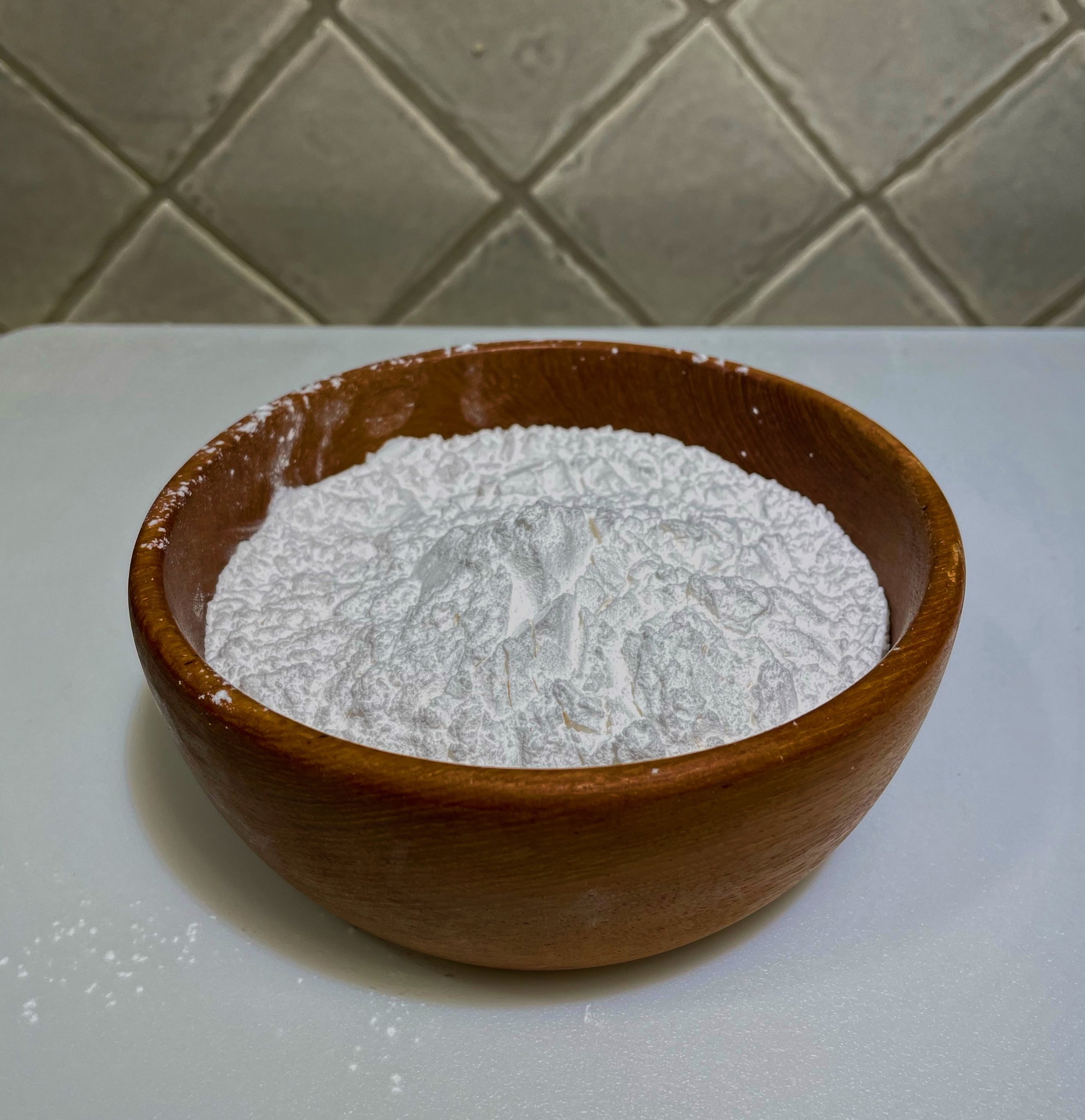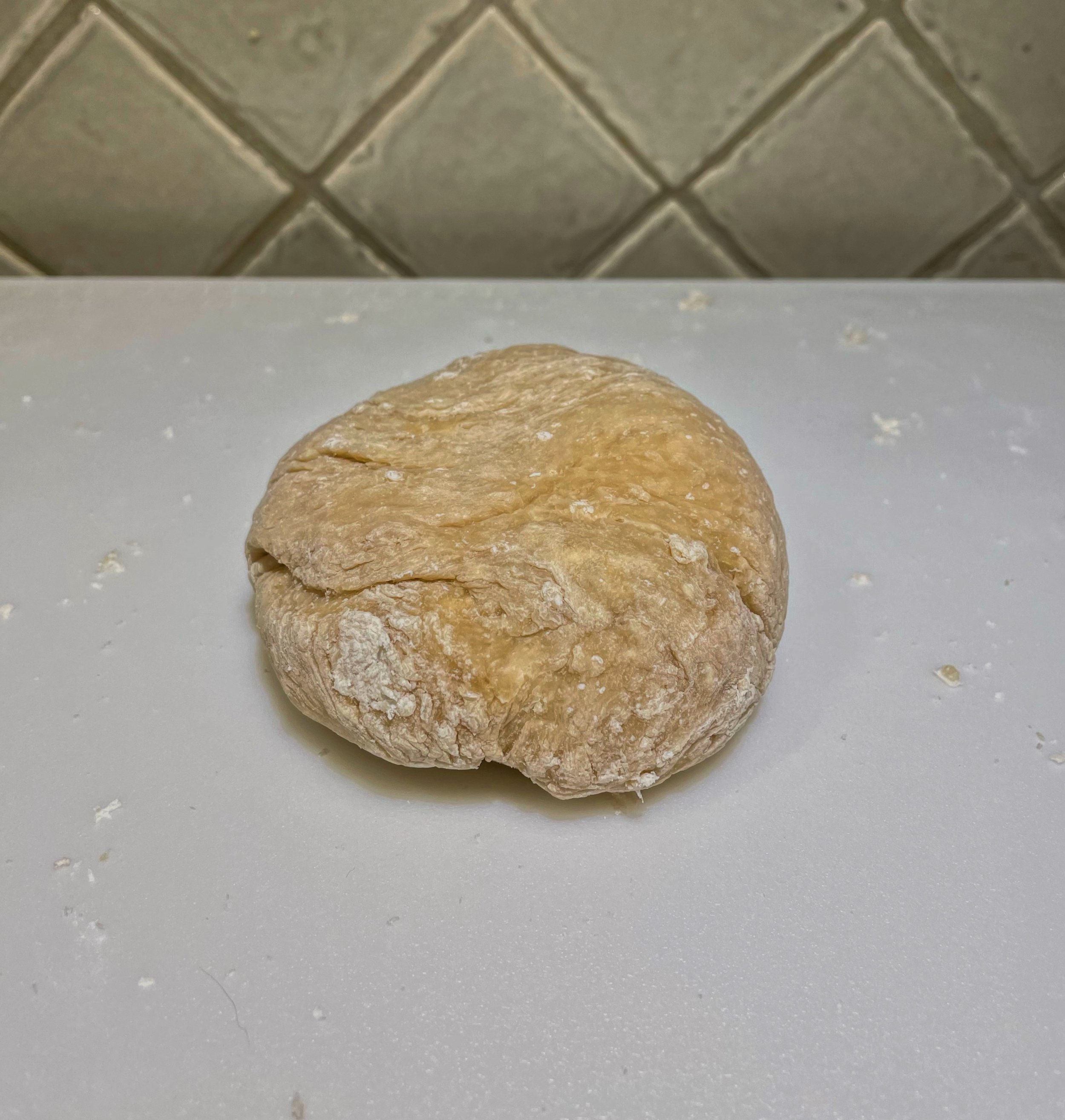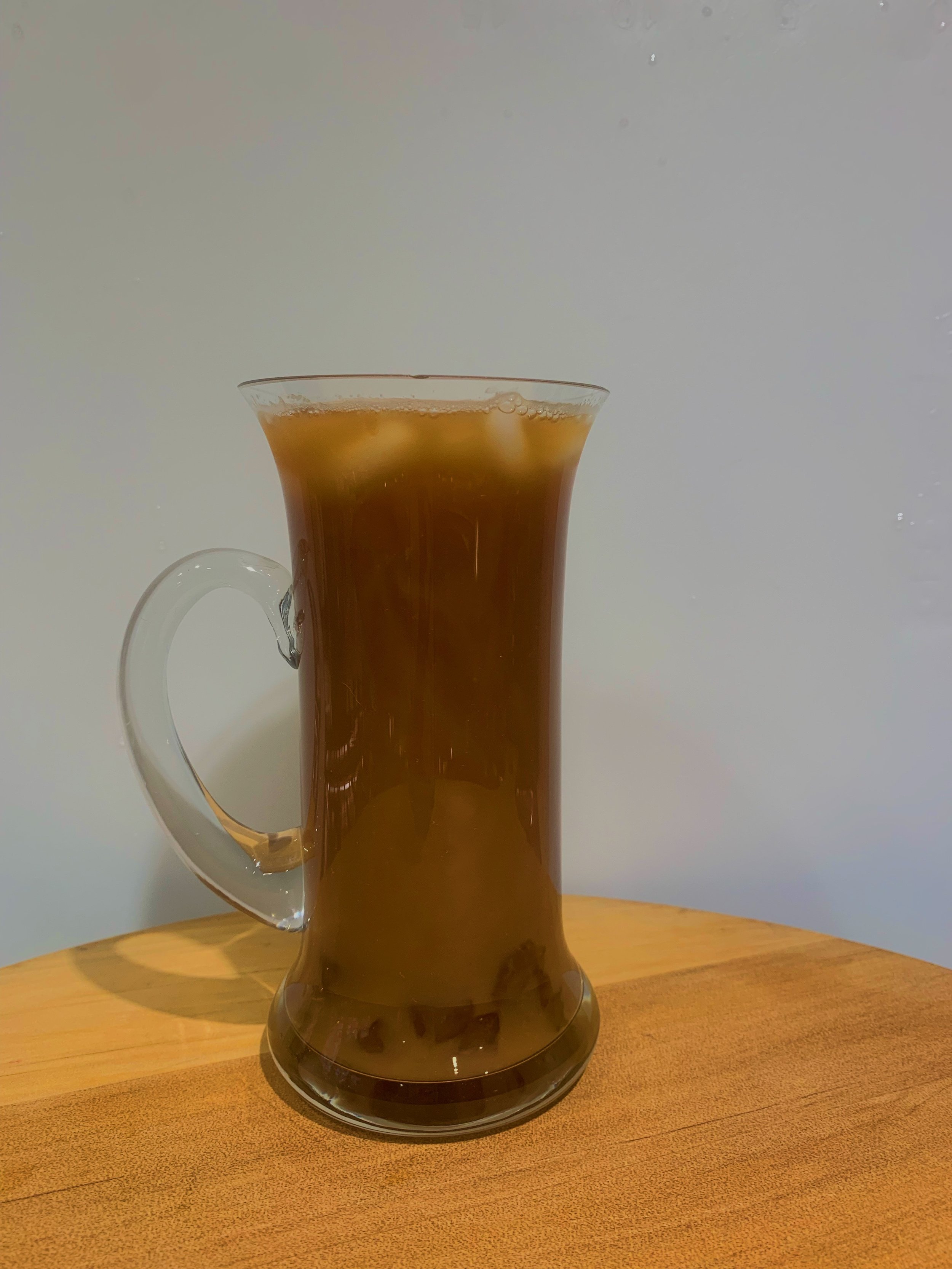Boba: Its History and a Trial Run
Author: Megan Quigg
Milk tea and tapioca pearls have taken the world by storm in the past few years, and I’m proud to say I’m first in line when it comes to boba fanatics. As a Hispanic girl born and raised in Michigan, milk tea was not something I’d grown up with or tried before it became a cultural phenomenon. Weekly boba trips with my friends became a sacred tradition and I often tried my hand at making tapioca pearls to prepare my own milk tea. While the pearls I made didn’t have the best texture or the perfectly round shape, each attempt improved my skills and by the end of the summer, I was able to make a tea I was proud of.
Tapioca pearls come from a starch in manioc (or cassava/yuca) introduced to Asia from South America in the 19th century. A teahouse in the Taichung city of Taiwan claims to have invented the drink of boba. One product development manager of the teahouse proposed the idea of combining the Taiwanese dessert Fen Yuan, which highlighted tapioca pearls as its central ingredient, with their popular iced tea. The boba tea we love today was thus born.
Chemically, tapioca pearls form from hot water loosening the polymer structure of the tapioca flour until hydrogen bonds form and the flour gelatinizes. Once the flour mixture cools, it hardens and turns into the chewy, elastic balls we know and love today. Boba became popular on the west coast in the 90s when it was introduced to the market by Taiwanese immigrants; its versatility was integral to its success in America, and the variety of its flavors, pearl types, and accessories had led to its status as one of the most exciting and fun drinks to share with friends.
Recipe
The first time I tried this recipe (from Tasty - not the most authentic take, I know), I couldn’t fathom a more tedious, insufferable dish to make than these little finicky balls of tempestuous dough. They were uneven, hard, and had an interesting yet strange color. Overall, I was disheartened. However, my fighting spirit persevered and the next time I made them for a picnic, they came out to be a general success. It’s hard to know when exactly the boba is cooked through or if the pot you’re using to originally combine the water and flour will ever look the same, but the pride you’ll feel after completing this dish is unparalleled. I like to steep spices or herbs, such as cinnamon sticks or sage, in the original stage of boiling water to enhance the pearls with flavor that adds depth to the tea. My favorite combination: black milk tea with cinnamon-infused brown sugar pearls or a matcha latte with sage-infused pearls. While I may spark some controversy with my nontraditional takes on the drink, I can assure you that they taste absolutely delicious.










Review
Okay, so I won’t lie— making boba is not the easiest task in the world, and quite honestly, it never really tastes as good as the boba made in your local shop. That being said, I would rate my attempt a 6.5/10 because truthfully, the pearls were a little bit unevenly shaped and had some textural issues. They were too sweet to pair with the strong flavor of the tea, and the overall texture was not quite firm enough; however, it was boba, and even the worst boba tea will never rate below a 5/10. My friends who tried my attempt agreed that it was good —great, even —but that it was only slightly flawed in a few aspects. I think something went wrong when I poured the tapioca starch into boiling water, which would explain the texture inconsistencies. I would recommend making boba to anyone who has roughly an hour to kill with friends who are happy to chip in, because ultimately it’s all about having fun with the people who share our experience. It is a labor of love, but so worth it if the stars of cooking-chemistry align. Good luck!
